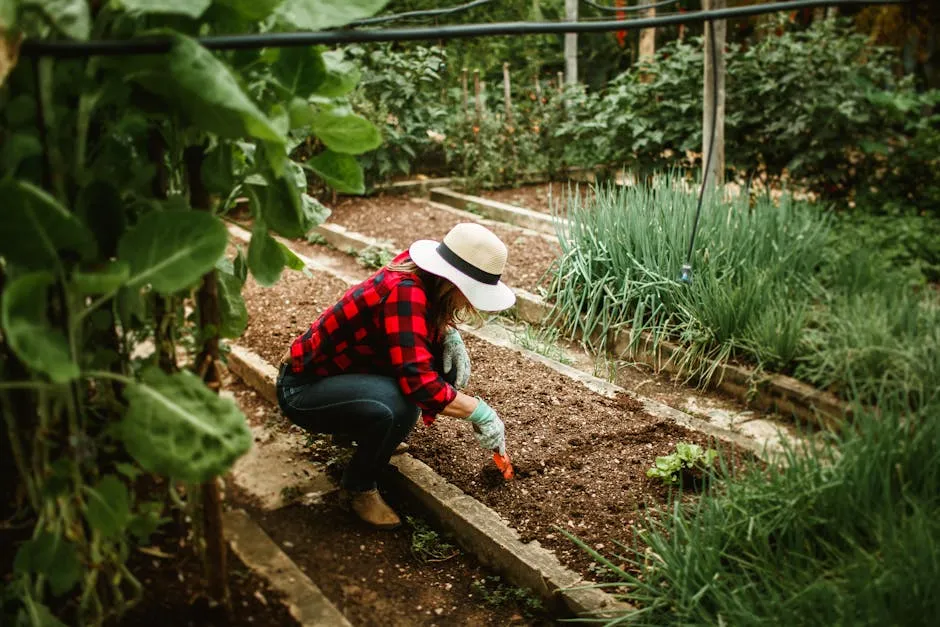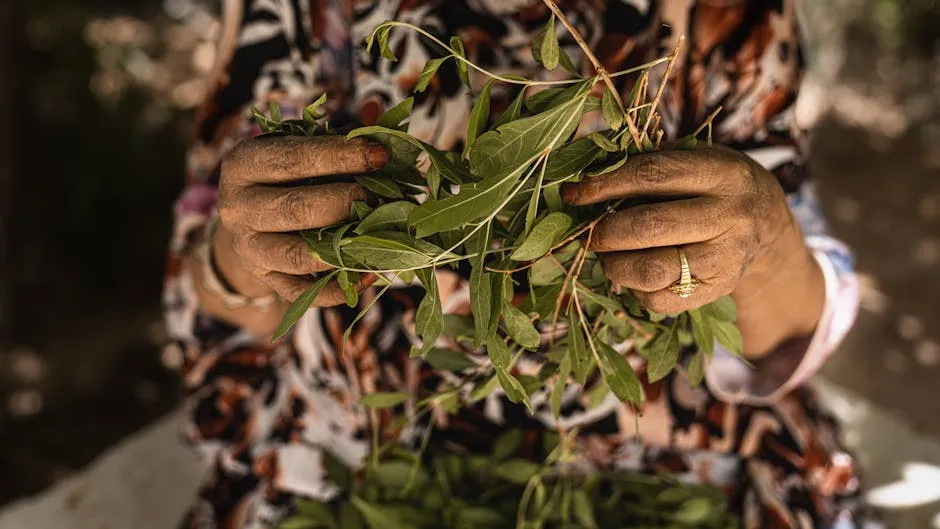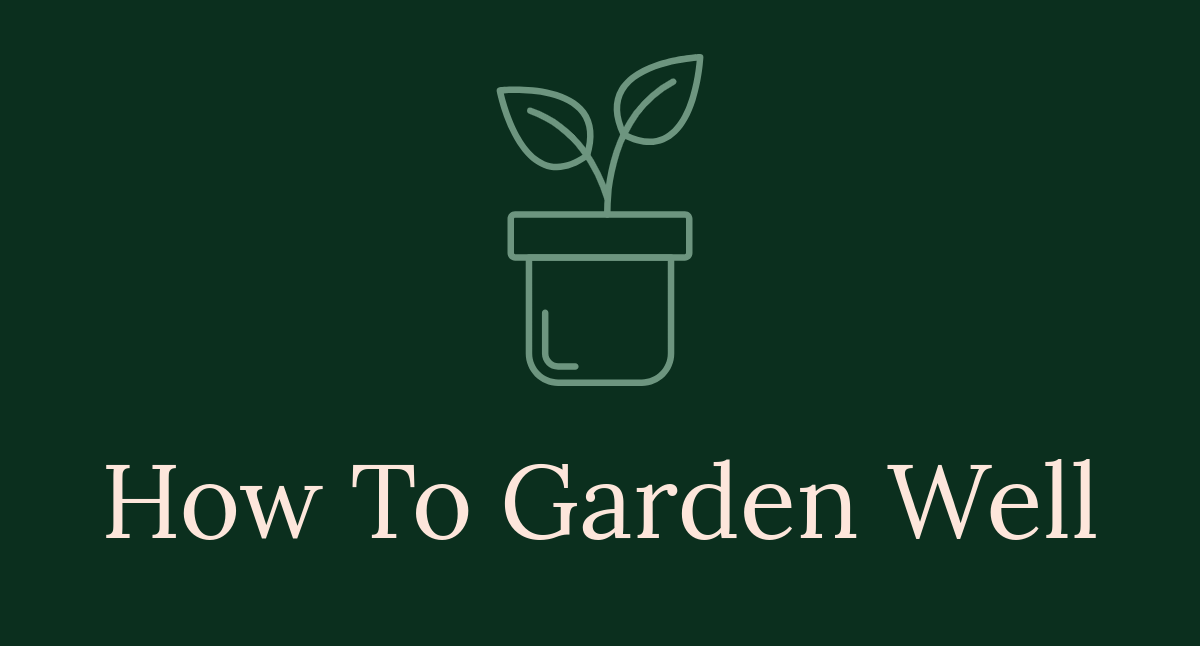

Understanding the Planting Zone Map: A Comprehensive Guide for Gardeners
Introduction
A planting zone map is essential for gardeners. It shows which plants thrive in specific climates. Understanding these zones helps you make informed choices. With climate change affecting weather patterns, knowing your planting zone is more important than ever. This article aims to provide a clear overview of planting zone maps and guide you on how to use them effectively.
Before you dive into planting, make sure you’re equipped with the right tools! Gardening gloves can protect your hands from dirt and blisters while you dig into your planting adventures. Check out these Gardening Gloves for the ultimate protection!
Summary and Overview
Planting zones help gardeners select suitable plants for their area. They indicate the minimum temperatures plants can withstand. The two primary types of planting zone maps are the USDA and NRC. The USDA map focuses on temperature, while the NRC considers other climatic factors. Using these maps can lead to successful gardening by ensuring plant survival through various conditions.
These maps help gardeners understand their local climate better. Different regions have unique climate conditions that influence plant selection. Modern planting zone maps are interactive, making it easier than ever to find your zone. You can get specific information just by entering your zip code. This feature allows you to make the best choices for your garden.

And speaking of making the best choices, a Soil Moisture Meter can help you determine when to water your plants, ensuring they get just the right amount of hydration. No more guessing games!
What Are Planting Zones?
Planting zones are specific areas defined by climate conditions. They help gardeners understand which plants will thrive in their region. Essentially, these zones indicate the minimum temperatures plants can endure during winter.
The criteria for determining planting zones primarily involve temperature ranges. Each zone reflects the average annual minimum winter temperature. This information is critical for selecting plants that can survive in your area.
The USDA, for example, categorizes planting zones into 13 distinct groups. Each zone is further divided into sub-zones, providing a more precise temperature range. Knowing your zone is vital for gardening success. It ensures you choose plants suited for your climate.
Don’t forget to keep track of your planting progress! A Garden Journal can help you document your planting dates, growth patterns, and any changes you observe. This way, you can become a gardening guru in no time!

It’s important to note the difference between planting zones and hardiness zones. While both concepts relate to plant survival, hardiness zones focus more on temperature extremes. Planting zones may also include other climate factors, such as rainfall and wind patterns.
Various climate factors influence these zones. Elevation, humidity, and proximity to bodies of water can all affect local gardening conditions. Understanding your planting zone helps you make informed choices for your garden.
Want to find out your planting zone? Use an online tool to check your specific zone today!
The USDA Plant Hardiness Zone Map
The USDA Plant Hardiness Zone Map is a trusted resource for gardeners. It provides a clear visual representation of plant hardiness across the United States. The map’s creation relies on temperature data collected from thousands of weather stations.
Gardeners use this map to select suitable plants for their zones. By understanding the temperature ranges, you can choose plants that will thrive in your area. With the map, you can ensure your selections align with local climate conditions.
Historically, the USDA map has evolved, with significant updates in 2012 and 2023. The latest version incorporates more data points, improving accuracy. This update reflects changes in climate patterns and helps gardeners adapt to new conditions.
A key feature of the USDA map is the zip code search. This tool allows you to find localized information quickly. Just enter your zip code to discover your precise planting zone.

For more information, visit the USDA website to explore the map further. Understanding your planting zone is crucial for successful gardening.
The NRC Planting Zone Map
The Natural Resources Canada (NRC) planting zone map is a crucial tool for Canadian gardeners. This map helps determine which plants can thrive based on local climate conditions. It differs from the USDA map in several key ways.
While the USDA map focuses primarily on minimum winter temperatures, the NRC map takes into account maximum temperatures and the frost-free period. This broader perspective is vital for understanding plant hardiness in Canada’s diverse climates.
For Canadian gardeners, the NRC map offers significant guidance. It helps you select appropriate plants that can withstand local conditions. Knowing your planting zone ensures successful gardening, especially in regions with harsh winters.
NRC criteria include maximum temperatures and the length of the frost-free period. These factors directly impact plant growth and survival rates. In contrast, the USDA map emphasizes only minimum temperature extremes.
Both maps are essential for understanding plant hardiness across North America. They provide valuable insights that can lead to better gardening choices. By using these resources, gardeners can align their selections with their local climates.

For additional resources and to view the NRC planting zone map, visit the Natural Resources Canada website.
How to Use the Planting Zone Map
Using the planting zone map effectively is key for every gardener. Here’s how to make the most out of it. First, locate your planting zone on the map. You can do this by entering your zip code or finding your region visually.
Interpreting the map legend is crucial. It indicates the various zones and temperature ranges. Understanding these will help you determine suitable plants for your garden.
Consider local climate variations and microclimates when using the map. Your specific location may have unique conditions that affect plant growth. For example, areas near water bodies might experience milder temperatures.

Speaking of unique conditions, a Raised Garden Bed Kit can help you create a controlled environment for your plants, making it easier to manage soil conditions and drainage!
The planting zone map is useful for both annuals and perennials. Knowing your zone helps you select plants that will thrive year-round. Additionally, understanding frost dates in relation to planting zones is essential. This knowledge allows you to plan planting and harvesting times effectively.
To make the most of this information, consider downloading or printing your planting zone map. Having a physical copy can serve as a handy reference while gardening.
Impact of Climate Change on Planting Zones
Climate change is reshaping planting zones worldwide. As temperatures rise, many areas are experiencing shifts in their climate classifications. These changes can significantly affect what gardeners can grow successfully.
For instance, recent USDA zone maps reveal that many regions have moved into warmer zones. This shift means that plants once deemed unsuitable may now thrive. It’s essential for gardeners to stay informed about these changes.
Long-term planning is crucial in today’s gardening landscape. With climate variability on the rise, selecting plants requires careful thought. Choose varieties that can adapt to potential future conditions. This proactive approach helps ensure your garden remains vibrant and productive.

And if you’re looking for a fun way to enhance your outdoor space, consider adding a Bird Feeder. It can attract beautiful birds to your garden, providing a delightful view while you work!
Resources are available to help monitor climate trends. Websites and apps track local weather patterns, offering valuable insights. By staying updated, you can make informed decisions for your garden.
How has climate change affected your gardening experience? Share your thoughts and stories in the comments below!
Common Mistakes in Using Planting Zone Maps
Many gardeners misinterpret planting zone maps, leading to mistakes. One common error is over-generalizing the zones. Remember, planting zones are not one-size-fits-all.
Ignoring microclimates is another frequent pitfall. Your garden may have unique conditions that differ from nearby areas. Factors like elevation, shade, and proximity to water can create microclimates. Be sure to consider these when selecting plants.
Additionally, some gardeners overlook other environmental factors. Soil type, moisture levels, and drainage affect plant health. It’s vital to evaluate these elements alongside your planting zone.
Misunderstanding the needs of annuals versus perennials can also lead to issues. Perennials need to survive winter conditions, while annuals focus on the growing season. Understanding these differences will enhance your gardening strategy.

Take a moment to review your gardening approach. Are you considering these tips? Adjust your strategies for better results!
Speaking of adjustments, investing in quality Pruning Shears can make all the difference when it comes to maintaining your plants’ health and shape!
Conclusion
Planting zone maps are vital for every gardener. They help determine which plants can thrive in your area. By understanding these zones, you can make informed choices about what to plant. This knowledge promotes successful gardening and healthy plants.
With climate change impacting our environment, staying informed is crucial. Changes in temperature and weather patterns can shift planting zones. Regularly checking your local conditions can help you adapt your gardening practices.

To enhance your gardening experience, consider a Compost Bin to recycle your kitchen scraps. It’s a great way to enrich your soil naturally!
Always remember, gardening is a dynamic process. Being aware of your planting zone ensures you choose the right plants. This approach leads to a flourishing garden, even in changing climates. Stay curious and engaged in your gardening journey!
FAQs
What is a planting zone map?
A planting zone map shows geographical areas based on climate. These zones help gardeners understand which plants will thrive.
How can I find my planting zone?
You can find your planting zone by using online resources. Websites often offer interactive maps where you can enter your zip code.
How do planting zones affect plant selection?
Planting zones indicate which plants can survive local conditions. Knowing your zone helps you select suitable plants for your climate.
Are planting zones the same in every country?
No, planting zones vary worldwide. Different countries have unique systems based on local climate conditions.
What impact does climate change have on planting zones?
Climate change can shift planting zones, making some areas warmer. This affects which plants can grow successfully in those regions.
Please let us know what you think about our content by leaving a comment down below!
Thank you for reading till here 🙂
For insights on soil that can support your gardening, check out the best soil types for propagating succulents from leaf cuttings.
For a deeper understanding of how to create a thriving garden, explore the permaculture principles for sustainable gardening.
All images from Pexels



